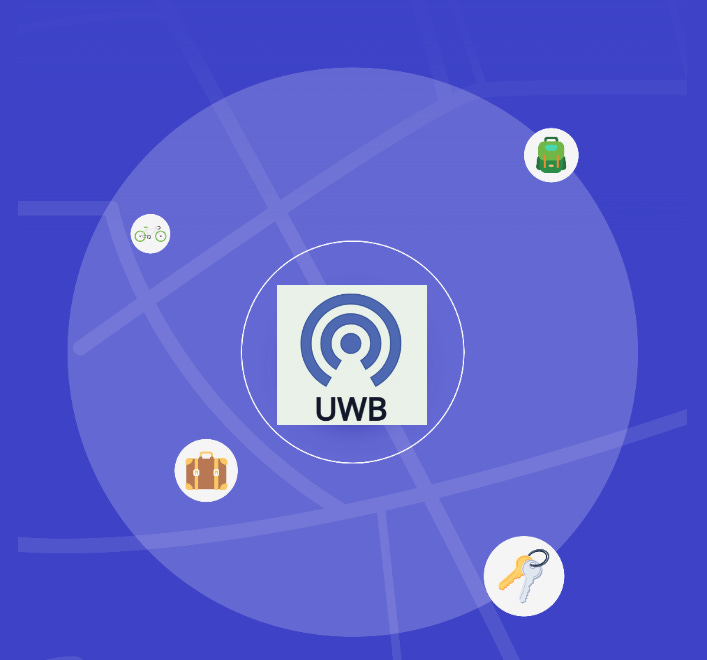UWB new market insights
Insights into UWB Technology from a survey within 60 companies regarding the main priorities, trend and development of UWB
Recent market insights into Ultra-Wideband (UWB) technology have surfaced through a survey conducted by Ulink Media, based in Shenzhen, China, renowned as the organizer of the IoT Expo (IOTE EXPO) in China. This survey engaged 60 prominent companies, shedding light on the prevailing trends within the UWB technology market.



